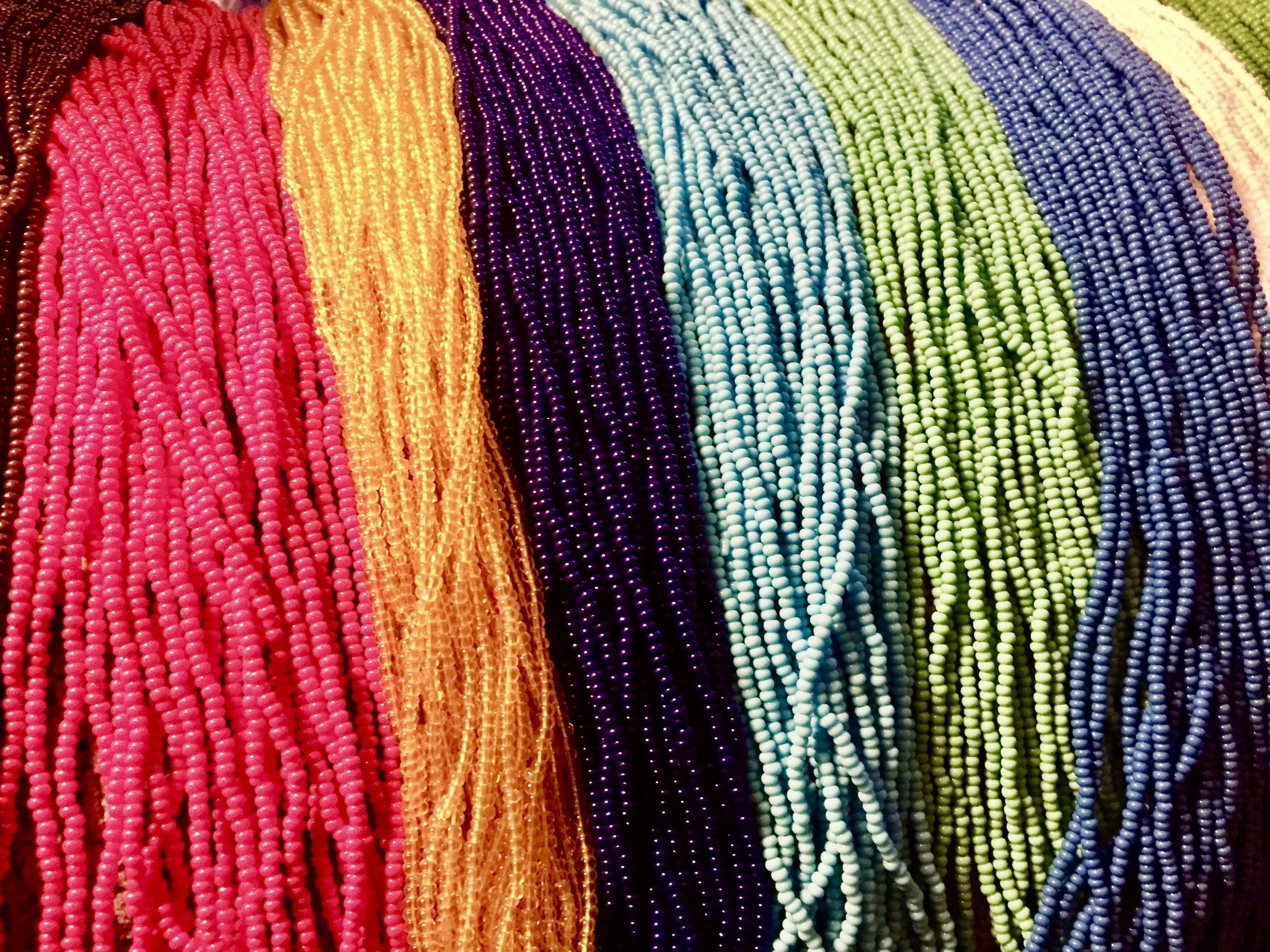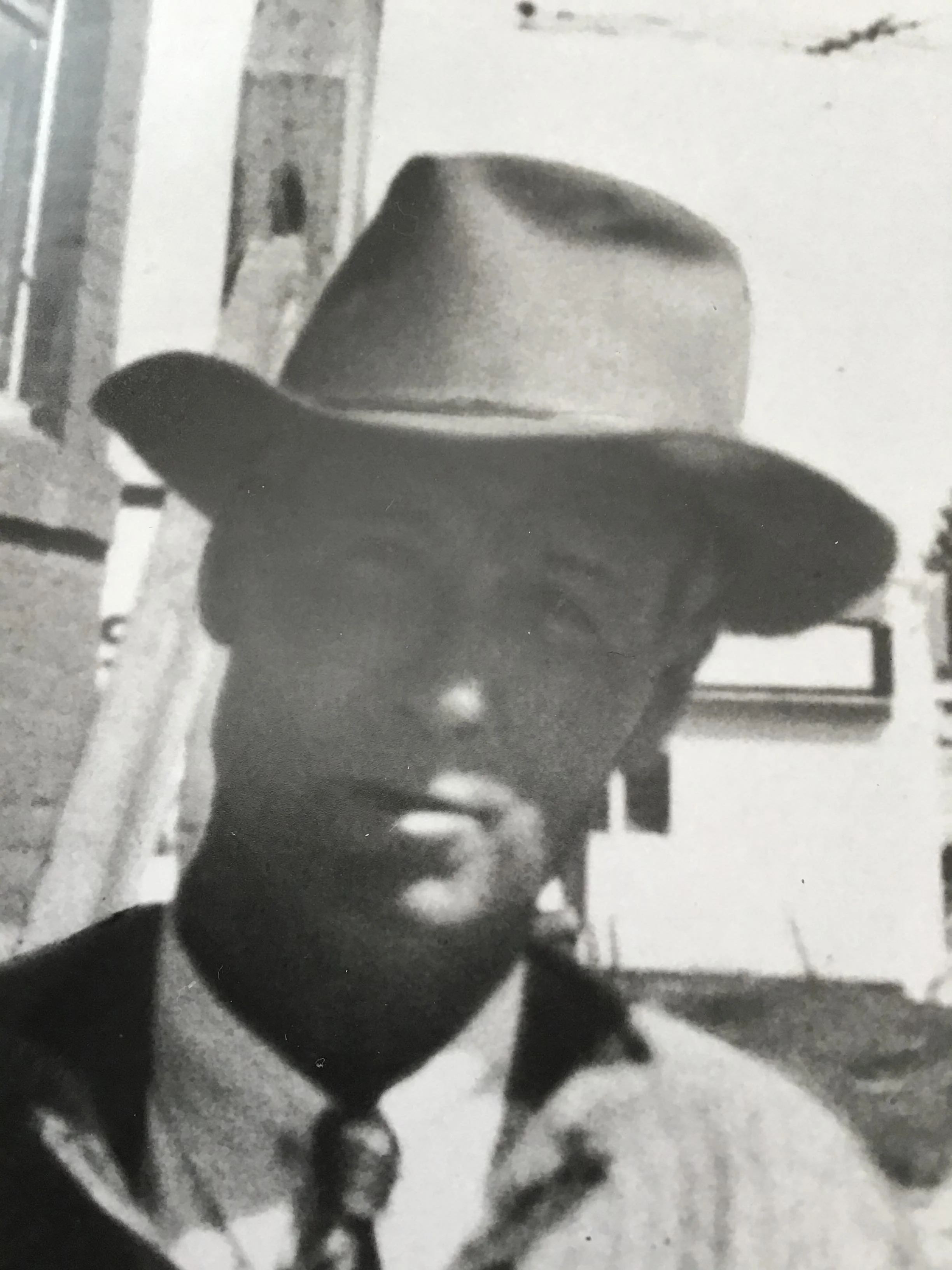
Welcome to the Family Stories Page! We’d love to share stories with you of your families, communities, your jigging, fiddling, dancing, and celebrations, always with the hope of reuniting families and friends. Drop us a message, with your story attached, to:
redriverjignetwork@gmail.com
My Great-Grandfather Simeon, the Fiddler and Jigger!!!
by Dr. Suzanne M. Steele
This handsome man, this charming man— I mean the photo says it all—is my great grandfather, Louis Simeon Gaudry, born 11 Feb, 1886 in Willowbunch, Sask. Husband to Marie Alphonsine Fayant, parents to 13 children, he was my beloved Grandmother Joséphine Marie’s father.
Our family (that is, of his eldest daughter) never knew anything of Simeon and Marie (b. 1891 Fort Belknap, Montana). In diaspora, and after great hardship and poverty, and after leaving the convent (residential) at age 16, my grandmother Joséphine fairly erased her family to us—tho she did go to Calgary from time-to-time to visit her mom. My grandmother passed for ‘white’, carried a parasol so as not to get brown in summer, and used a beautiful pink face powder. We were ‘French’. Such were the times.
Yet somehow, some of us ‘knew’ we were much more than ‘French’. Because I am ‘olive’ skinned, have dark eyes, black hair, I spent my life being asked, ‘What are you?’ and being claimed by French, Italian, Spanish, Southeast Asian, Portuguese, Greek, Middle Eastern, and numerous First Nations! Yet I knew I was none of the above. I didn’t quite ‘look’ like any of those peoples. About 25 years ago, at my publisher’s home for a reception, I met Dr. Cathy Richardson. Her husband had come up to me and said, ‘You are Métis aren’t you?’ To which I answered, ‘Perhaps?’ Long story short, Dr. Richardson gave me the contact for one of our genealogists and within two weeks I was emailed this amazing Ahnatafel of my grandmother’s, one that went back 17 generations (if one includes my mother, me, and my daughter) to 16th century France. Of our Anishinaabe, Sarcee grandmothers, we can only speculate as to how long we’ve been here. Yet suddenly so much made sense. We were different, but who were we?
I have spent 25 years finding out who we were, who we are. To do so I have made many trips through the homeland, learned cultural practices, and most wondrously, have connected with my Gaudry family, one of whom sent me this photo of Simeon.
So why this story here and now? Well, according to a story written by one of my Great-Aunts, Simeon was a FIDDLE PLAYER and a JIGGER!!! That’s all I know. So my quest, my golden quest/our golden quest as a family would be to find that fiddle and to learn more of his jigging. Then maybe even my daughter, a traditional Métis fiddle player, might play his fiddle and give the Red River Jig a go on it. In this way we could reconnect the musical DNA of this broken family. And wouldn’t that be a fine thing?
Pictured above: Simeon (Sam) Gaudry!
Family Story
By Dr. Michelle Elise Porter
I was asked once to talk about my middle name, Elise.
Tell us about your middle name, they said.
And I thought about its meaning. The one you’d find in a name dictionary: God’s promise, or variations on that.
But a name goes so much farther back and reaches so much farther into the future than that.
Tell us about your middle name, they said, and I thought about the women and girls in my family who have carried that name.
I often introduce myself as the descendant of storytellers. And I am.
For sure, I listened my way into stories by sitting near my mother and my aunties. And that’s how they listened their way into storytelling.
But when I introduce myself and my people I also talk about the fact that I came out a little bit crooked in the family line.
I say how most of my direct ancestors told their stories using music. They didn’t really use the written word, which is my way with stories.
They had a band that was well-known in Winnipeg in the 1930s, called The Red River Echoes. They performed at all kinds of venues and dances and even had a radio segment. Sometimes they were know as Bob Goulet and his Red River Echoes.
Bob Goulet was my great-grandfather. His full name was Léon Joseph Robert Goulet. He was the son of Maxime Goulet and Elise Genthon.
Now, my middle name is Elise. With that name I carry so many family stories. That name carries the hope of the continuation of tradition, and in our family history, music was the largest part of that. I always felt like I dropped that part, the music.
Many of the Goulets and the Genthons were known for their skill with a fiddle. I mean, I don’t know music and I don’t know fiddling—except as a listener on the sidelines—but I’ve been told that they were among the best in their day.
There is no music in me. I learned some basic fiddle with my daughters, but I left it behind to make more time for the words that wanted to sing themselves in my pencil, my notebook and on my word processor.
And for that, I felt a little bit less-than. Why couldn’t I stay with music?
All too easily I got caught up in doing research about The Red River Echoes and my great-grandfather. I interviewed family members, I did archival research, I found newspaper listings and stories that told their own crooked stories about my ancestor’s musical presence in Winnipeg.
And then my auntie sent me text message and attached some songs. These were songs digitized from brittle old records she’d kept in her back closet. You know, so many of our aunties have treasures stashed there, all dusty and patient. Some of the songs were dated early 1930s and (I’ve been told by Dr. Giroux) they are among the first recordings of Metis music.
I didn’t know that then. I pressed play.
I heard that old scratchy record sound. I hear a baby cooing.
Which one of my aunts or uncles is that baby? I don’t know.
Then the music begins. Piano first. The fiddle comes in later.
And then I am listening to my grandmother and her sister and their father, my great grandfather play piano and fiddle together.
I write about this moment in my book Approaching Fire, the moment I heard their music, the passion that poured out of that fiddle and that piano. I understood then that I belonged.
I was a musician who wrote music in the form of poems and stories. And they were storytellers who poured their poems into achingly beautiful music.
Their music brought me home.
Telling their stories, digging deeper, and finding the sky underneath is why I do the work I do, why I pass on their stories and make new ones with their raw materials too.
This music is there in every word I write.
The music is there in my research. The crooked rhythm where I don’t follow the authoritative rules to it all. I add a beat, drop a beat. I improvise and make it all new again for myself and for my daughters and for my grandson.
Tell us about your middle name, they said,
My youngest daughter’s first name is Elise. She started with the fiddle, but she’s no musician either. She’s a visual artist, who makes sense of her work through beading, painting, decorating pastries and cakes, working with clay. These are her mediums.
I’m thinking one day one of my daughters will have a child who will play fiddle. Maybe a son. Maybe a daughter. Maybe her first name or her middle name will be Elise, after her ancestors.
Or maybe it will be a new name, a new beat dropped into this music of our ancestors.
And I’m thinking that one day one of these children of my children might tell stories with the fiddle, might yearn to make people want to dance.
And for them, these stories are waiting. Maybe they’ll pull them out of a dusty closet one day and gape at what they find inside.
Maybe they won’t feel called to the paper or the pen, like me. Maybe they’ll turn all the old stories into music, using the instruments that have baffled me, the fiddle and the bow.
And who knows what that precious child will be able to do with all of that.

